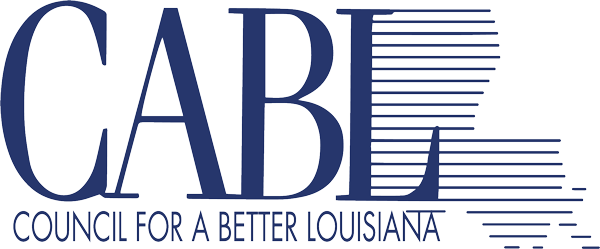
The legislatively-created Task Force on Structural Changes in Budget and Tax Policy has released its final report and for those who want a better understanding of the fiscal mess Louisiana is in and ideas for getting out of it, it’s worth the read.
Louisiana’s Opportunity: Comprehensive Solutions for a Sustainable Tax and Spending Structure is no small document. At more than 60 pages it contains a lot of detailed information that’s often overlooked, not understood, or sometimes ignored, but it provides an essential context that both policymakers and the public need to know if we are ever going to emerge from the fiscal spiral of the last eight years.
The task force’s recommendations for dealing with the state’s budget and spending woes were released back in November, so the group’s framework of solutions has already been on the table. What this new document does is provide the supporting information and explanations that detail how we got into the current situation and why many of our tax policies are so flawed.
To fully understand the recommendations made by the task force you need to understand the backstory and this final report offers that.
Among the things that are important to note is the fact that nearly 60% of Louisiana’s general revenue comes from two sources: sales taxes and personal income taxes. At more than $7 billion they represent our primary sources of state funding, but even they are riddled with exemptions and deductions that erode the revenue they bring in and lead to tax rates that are considerably higher than they need to be.
For all the talk about oil prices, mineral revenue accounts for only about 10% of state funding. Despite having virtually every type of gaming possible those revenues amount to only about 8.5% of our state general fund budget and corporate taxes come in at a little over 4%. So the point is, that when it comes to the revenue side there are only two major tax sources that we can meaningfully deal with.
On the spending side there are additional complications. One is the liability in the state retirement systems. While one can easily argue that there may be a need for major reform of state pensions, that doesn’t address this problem. The state has an obligation to provide for the retirement of its employees based on the promises it made to them when they were hired.
Because of past neglect in not making the necessary payments to the system we are now following a plan to do that, but it comes in the form of debt payments we have to make to the systems. Basically, we shortchanged them for decades to the tune of more than $20 billion. Now we are on a repayment schedule – which is the right thing to do – but it’s costing us $1.6 billion a year to achieve that, escalating to more than $1.8 billion through 2026. That has proven a tough spending nut to crack.
Another complication is the state’s relationship with local government. A couple of things are worth noting. One is that Louisiana pays for a number of things at the state level that are handled by local governments in other states. For instance, we no longer have a state Charity hospital system, but we still pay for our safety-net hospitals at the state level. In most states that’s funded by local governments. The same is true in many states, such as Texas, with community colleges.
But on top of that we send a lot of state dollars directly to local governments. In education we send $3.6 billion to school boards, covering about 65% of the cost of local public schools. In addition to that, we spend more than half-a-billion dollars on revenue sharing and local subsidies including supplemental pay for local police and firefighters, local road projects, local building and construction projects, and local senior centers.
That is a huge obligation the state has to local governments and when you’re talking about restructuring spending it’s a relationship Louisiana will either have to revisit at some point or learn to live with.
Those are just a few of the things the report sheds light on and they reveal some of the complications and limitations the governor and Legislature must deal with to get us out of the fiscal mess we’ve been drowning in. The recommendations in the report offer a path forward that acknowledges those difficulties and suggests that some tough decisions need to be made.
Unfortunately, we’ve been delaying those decisions for so long that the time has finally come to call time out and admit we have to get our fiscal house in order. We need to figure out what we want to be as a state, what kind of services we want to provide, what kind of infrastructure we want to have, and what we want our educational attainment to be – and then do the things we need to do to get us there. We haven’t really done that for a long, long time.
